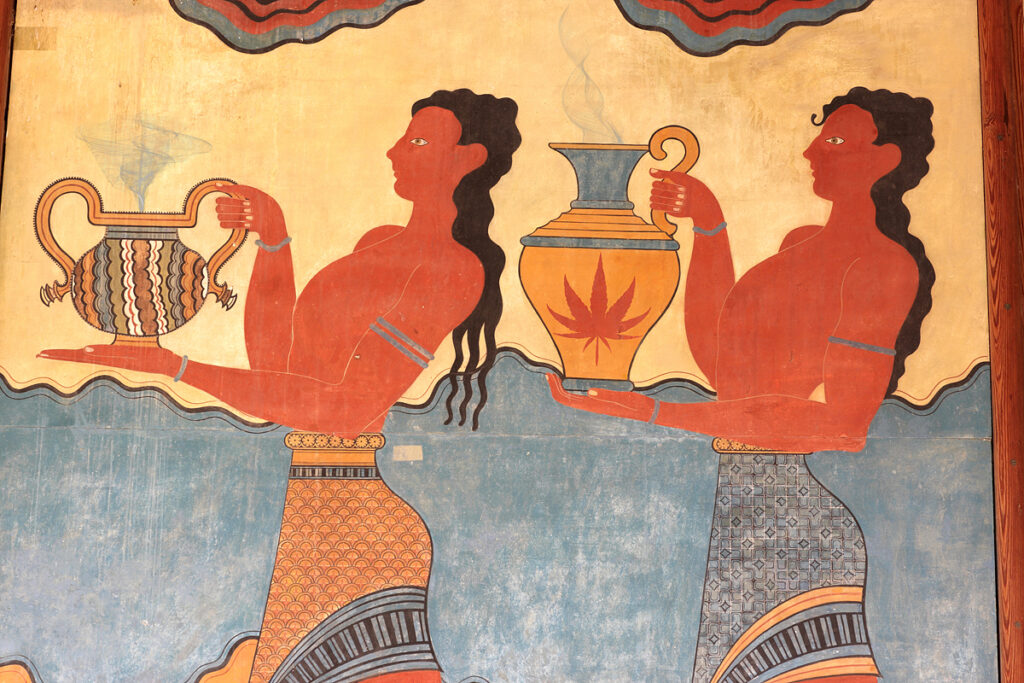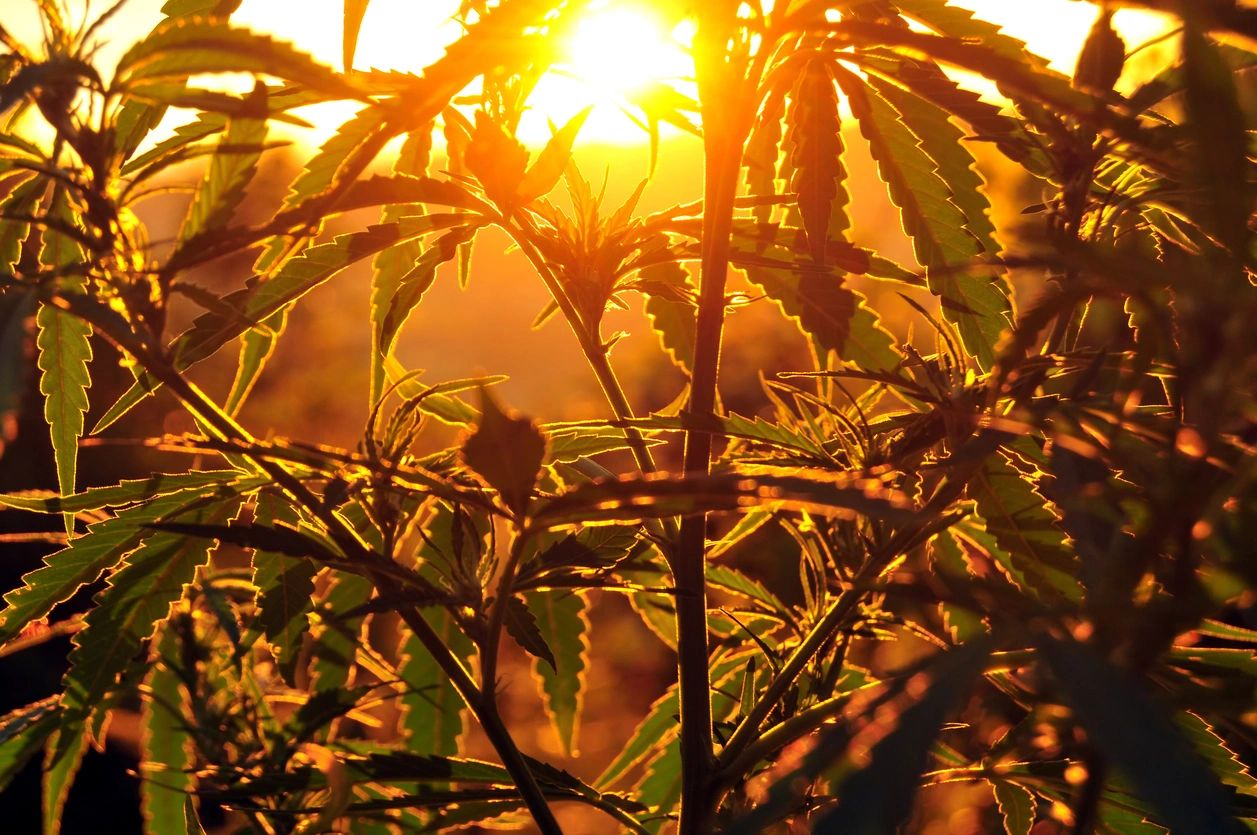The Cannabis plant is the source for both “hemp” and “marijuana”. While it grows like a weed and is often referred to as “weed, it is actually a herb. Cannabis may be the fastest growing plant on the planet. It grows virtually everywhere, whatever the climate and soil condition. It’s easily grown from seeds, requires very little care or attention, and does not need any pesticides whatsoever. Its deep root system breaks up and helps to aerate the soil and even adds nutrients. It is almost the perfect plant.

Types of Hemp
There are basically two species of Cannabis: Sativa and Indica. Both of which are grown for their fiber and intoxicating properties. Cannabis sativa is the most common around the world, while Indica is most prevalent in and around India. It may be known as “India hemp” or “Indian hemp,” but those names have also been applied to jute and dogbane (Apocynum cannabinum), which are unrelated to Cannabis but add to the confusion. The name “Indian Hemp” was also used by colonial Americans, both to acknowledge the difference between Sativa and Indica and to refer to Cannabis seeds imported to America from India by the British.
Hemp Fiber
The quality of the fiber (hemp) or its medicinal potency (marijuana) depends entirely on seed genetics and how the plants are grown. When cultivated for its industrial uses the seeds are planted four inches apart and allowed to grow has high as thirty feet. This is done because the fiber and cellulose is derived from the stalk of the plant.

The cellulose is used to produce a variety of products, most commonly paper and animal feed. The long fibers have traditionally been used to produce rope, canvas and even fine quality linen. A common misconception is that “linen” means cloth made only from the flax plant; in fact, linen cloth has always been made from a group of fibers, known as “bast fibers,” from a range of plants including flax, cannabis, and nettles, among others. The most common, easiest to grow, most abundant, and usually least expensive was hemp, which probably means most of the linen was made from hemp.)
Even the seeds and seed oil of the Cannabis plant have many commercial and industrial uses — paint, varnishes, fuel. It’s even been used as food — flour for bread and cake, porridge (hot cereal), and vegetable oil. From colonial times to the Civil War, Americans commonly smoked hemp leaves, like tobacco.
In recent decades, we have come to identify the medicinal and intoxicating properties of Cannabis as ‘marijuana.’ Chemically, the active ingredient in marijuana has been identified as Tetrahydrocannabinol (THC). There are actually over 400 different cannabinoids found in marijuana. These cannabinoids contain both the medicinal and the intoxicating properties of marijuana.
Cannabis in history
Cannabis has a long distinguished history of medicinal use dating back some five thousand years. Its use as an intoxicant has also been traced back to the beginning of civilization.

Unlike hemp, marijuana is taken from female plants grown more like bushes. They develop resinous buds on their branches, and inconspicuous flowers that produce few seeds. They are cultivated specifically for their THC content; in contrast, hemp plants contain only a minute amount of THC.
Unfortunately, despite its long beneficial history, the hysteric fear of the intoxicating properties of marijuana that developed in the 1920s and 30s became the excuse on which all forms of Cannabis were made illegal in the United States.
Cannabis is a plant that mankind found extraordinarily useful for thousands of years. A plant that played an important role in colonial America’s prosperous economy and remained a valuable commercial commodity’ up until the Second World War. Today, the importance of Cannabis, particularly as hemp, is beginning to be seen as a valuable commodity again.

